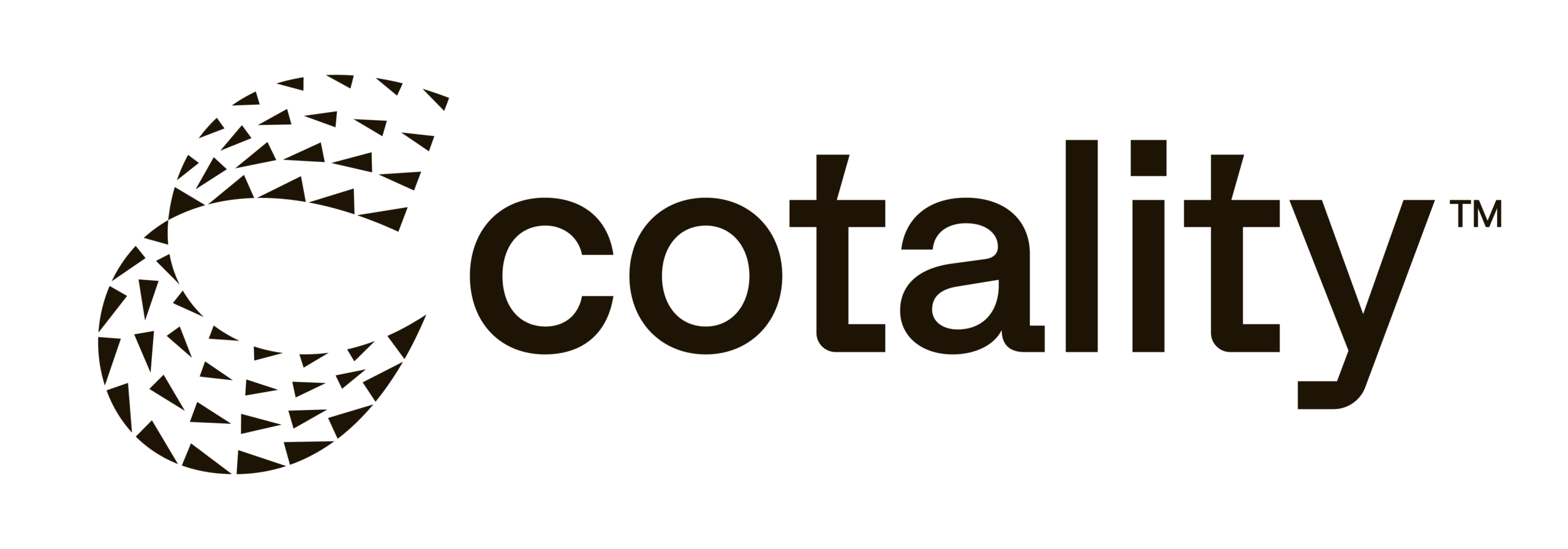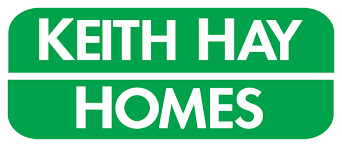At face value, it’s still a testing market in terms of ‘Mums and Dads’ being able to translate improved sentiment about property investment into actual purchases. After all, with rental yields still fairly low and mortgage rates stubbornly high (given our lingering inflation problem), a typical rental purchase today still requires a pretty substantial weekly top-up of perhaps $300-$400, or more.
At the same time, restrictions on debt-to-income (DTI) ratios are set to be introduced soon, which will probably limit total debt to investors to a 7x income multiple, albeit with a 20% allowance to lend outside the DTI rules – new build properties are set to be exempted too. High mortgage rates might mean DTIs don’t actually bind straightaway, but over the longer term, the expansion of a property portfolio will be tend to slower than in the past, relying on a person’s income to grow sufficiently.
However, there is light at the end of the tunnel too. Certainly, based on attendance at a number of property market presentations I’ve delivered in recent weeks, the appetite to buy and invest in the market remains as strong as ever. In addition, it’s not as if property investors have abandoned the market altogether either. Indeed, the CoreLogic Buyer Classification data shows that mortgaged multiple property owners are still accounting for 20-21% of purchases nationally, down from previous peaks, but not a disaster either. In Auckland, that figure is 23%, Wellington 25%, and Christchurch 23%, although Dunedin is below the national average, at 18%.
That’s not all the changes in the investment landscape either. Some other important factors that I’d highlight are:
- The looming reduction in deposit requirements from 35% to 30%, with new-builds remaining exempt from the LVR rules anyway
- Mortgage interest deductibility is back at 80% for all properties and investors, rising to 100% from 1st April next year
- The Brightline Test will be reduced back to two years for all properties from 1st July, reducing the chances that an investor is faced with paying capital gains tax
- Rents are still rising, and although the growth rate seems to have passed its peak (reflecting a slowdown in net migration, albeit from a very high level), the pace remains above average
- Listings on the market are sitting at multi-year highs, and it’s widely considered we’re in a ‘buyer’s market’, giving any prospective investors a fair degree of pricing power
- Lower mortgage rates seem likely over a 12-18 month horizon, although the falls may not start in earnest until 2025 and the downswing might be slower than in past cutting cycles
Another important point about the interest rate environment is that as inflation comes under control and the trend for rates shifts downwards, that will not only affect mortgage costs but also reduce the returns on other investments, such as term deposits.
Ultimately, the decision right now for those who are closely considering an investment seems to boil down to the trade-off between possible capital gains over the next few years and how long the negative cash flow and significant top-ups can be sustained. As noted, mortgage rate relief is probably on the cards in 2025, but it could be slower or smaller than in the past.
As always, whatever happens, focusing on cost control and trying to optimise rent always seem like good ideas.

Kelvin Davidson
Kelvin Davidson is the Chief Economist of CoreLogic New Zealand.
















Add Comment